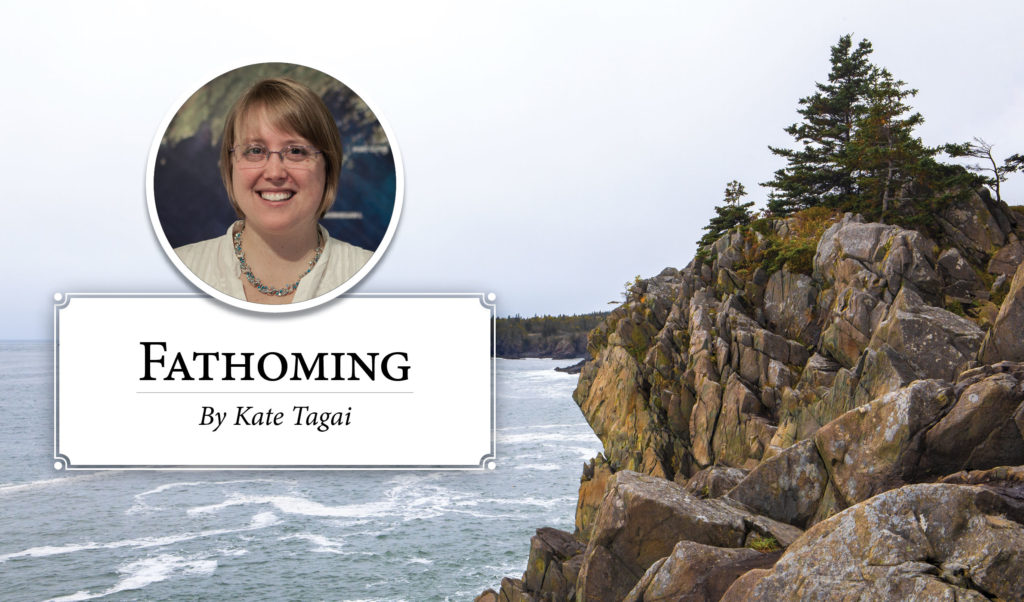Visitors to Maine this summer were greeted with signs in storefront windows saying, “Now Hiring,” “Limited Hours due to Staffing Shortages,” or simply “Closed.”
From the County to the coast, anyone who has been living in, working in, or visiting Maine could see the acute lack of workforce. A one-size-fits-all model will not solve the workforce issues, but with local, innovative solutions, we can create a resilient workforce across the state.
The shortage of trained workers is not new, but is at a critical stage in some sectors. Healthcare, early childhood education, hospitality, renewable energy systems and the trades, even municipal offices are feeling a pinch. The reasons are numerous and complex.
We need to be wary of overly simplified narratives that direct our thinking toward unhelpful solution…
We need to be wary of overly simplified narratives that direct our thinking toward unhelpful solution such as, “Young people are leaving Maine for better paying jobs.” While Maine is an aging state, from 2016-2019 there was a net increase of 6,613 new Mainers.
The pandemic also played a role in workforce shifts that we are only just now understanding. According to the Maine Center for Economic Policy’s “State of Working Maine 2022” report, “The pandemic underscored the general undervaluing of workers.”
This led to workers shifting careers, asking for benefits, and prioritizing work-life balance to find better value for their work.
Some of these challenges need policy solutions and systems changes with an eye toward equity. But some can be addressed at the local level with creativity and innovation.
ReVision Energy struggled to fill electrician positions to keep up with increasing demand for solar installation. So it created an electrical apprenticeship program. The company accepts candidates with just a high school diploma and no prior electrical experience necessary. With four years of on-the-job experience and paid training, candidates can sit for the state journeyman’s exam for licensure.
This is building the workforce it needs. Can other companies create training programs to attract the workforce they need?
Similarly, the Mid-Coast School of Technology and the Island Institute along with several other partners are teaming up to create a course to explore the future of electric boats. This technology is starting to take off along the coast with incentives for early adopters.
These boats will need to be serviced creating a need for a skilled workforce to build, support, and maintain these boats. The school already has a marine technology program and a pipeline of possible students. The Maine Community College System is providing a digital badge for course completion to verify the skills students gain. Other tech centers are finding ways to work with industry professionals to create targeted training for the workforce we will need.
There has also been a proliferation of programs that connect willing and able workers with community-based projects that need help moving forward. The Institute’s Island Fellows program has a 35-year history of working along the coast. And the program works—75% of Island Fellows stay in Maine for at least five years after their initial service is finished.
With the growth of similar programs serving different geographies or specific sectors, there are more opportunities than ever for small non-profits and municipalities to get some extra help and for people to build professional networks and gain experience working in Maine.
Jake Hurner, Maine Service Fellows program coordinator says: “As communities seek to address a need it expands opportunities, both volunteer and professional. We are bringing capable people into the Maine workforce, especially sectors in need, training them, and giving them credentials, and lastly incentivizing them to stay after service.”
How do we incorporate new training programs and tap into the wealth of knowledge in the retired workforce to find the workforce we need? By overcoming the bias of our stories—that people are too young or too old, that it’s too hard to train people, or they don’t want to work.
If we can foster these and develop other ideas so local organizations have an easier time finding the workforce they need in a few years, we’ll no longer see “Closed Due to Workforce Shortage” signs in windows.
Kate Tagai is a senior community development officer with the Island Institute, publisher of The Working Waterfront, focusing on workforce and Island Fellows programs. She can be reached at ktagai@islandinstitute.org.





